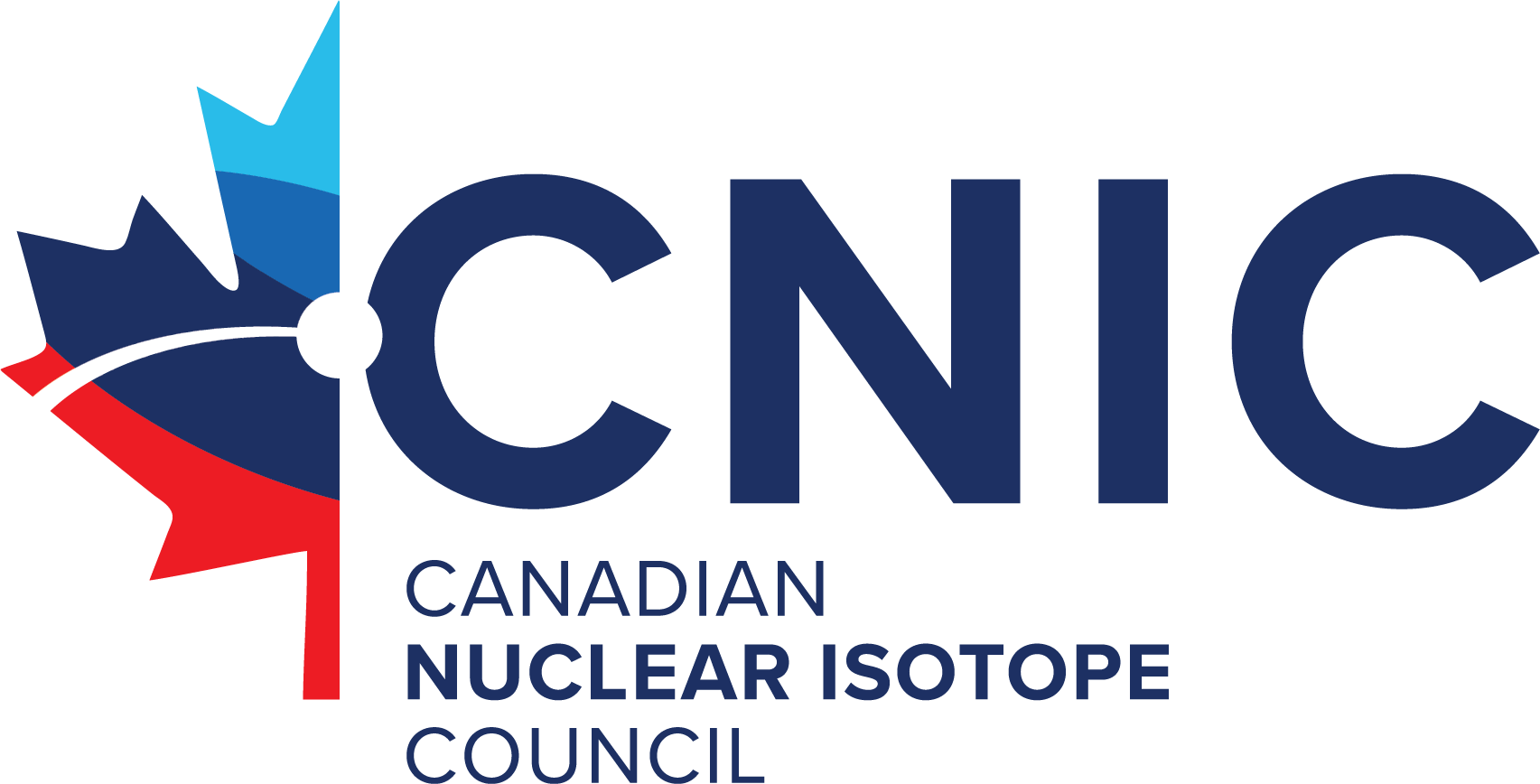What is a medical isotope? If you asked this question to most Canadians, their response would likely be something like, “I don’t know, but I know they are important.”
Canada has been a world leader in the research, development, and production of medical isotopes for decades. But being the humble country that we are, we quietly go about the good work we do without boasting about it. We have much to be proud of, and it is time we start taking credit for the incredible work being done right here at home.
So, what is a medical isotope? “A “medical isotope” is simply an isotope that is used in the practice of medicine. Medical isotopes are the cornerstone of nuclear medicine, a branch of medical science that uses radioactive sources, atoms, and molecules to diagnose, characterize, and treat disease.” (CNIC Report Isotopes: Global Importance and Opportunities for Canada).
The first time that a medical isotope was used anywhere in the world to treat cancer was in 1951 in my hometown of London, Ontario, when cobalt-60 was used to treat a cancer patient. Since then, Co-60 has been used to treat over 35 million brain cancer and brain tumor patients. Today Co-60 is used to sterilize medical equipment and treat cancer patients around the world, with Canada providing most the world’s Co-60 isotope requirements.
Canada continues to lead the world in nuclear medicine, with advances in the discovery and production of medical isotopes growing exponentially over the last decade. Canada is also home to some of the best and brightest minds in the world working in this field. We are a country that can provide the entire supply chain of medical isotopes, from the uranium mined in Saskatchewan to the ground-breaking research and production taking place across our country – from TRIUMF in Vancouver to McMaster University in Hamilton to Bruce Power, Nordion, Ontario Power Generation, Kinectrics and BWXT Medical, Canadian Nuclear Laboratories and others to name just a few.
Last summer, our government invested $35 million in the Canadian Nuclear Isotope Ecosystem initiative, to bring together experts in the field and encourage the domestic production of medical isotopes. This investment will leverage Canada’s existing capacity to drive us forward as an international leader in medical isotope production and distribution.
One of the exciting new isotopes this funding will support is lutetiem-177, which is in high demand for clinical trials around the world. This medical isotope employed in the treatment of cancer is like a heat-seeking missile finding and destroying cancer cells. During a panel at the Toronto Global Forum last year, Dr. Rebecca Wong from Princess Margaret Hospital talked about the ability of Lu-177 to not only treat the initial cancer, but also those cells that had metastasized. On the same panel, Chippewas of the Nawash Chief Greg Nadjiwon talked about the economic reconciliation that will result from their ability to participate as an equity partner in the commercial-level production of Lu-177 at Bruce Power.
With the continuing war in Ukraine, and the need to replace Russia as a supplier of medical isotopes, Canada is uniquely positioned to fill that void. The ever-growing market for medical isotopes is expected to grow to between US$14 billion and US$31 billion by 2031, and Canada is positioned to double its production of medical isotopes by 2030.
As Canadians, we can and should be proud of our leadership in this field. We don’t need to know exactly what medical isotopes are to understand their importance and appreciate their role in revolutionizing healthcare and cancer treatment. Moving forward, Canadians can rightly showcase our expertise and experience to lead the world in this critical growing market that is saving lives today, and that will save even more lives in the future.
Pam Damoff, MP
Oakville North–Burlington
Pam.Damoff@parl.gc.ca
MPDamoff.ca
